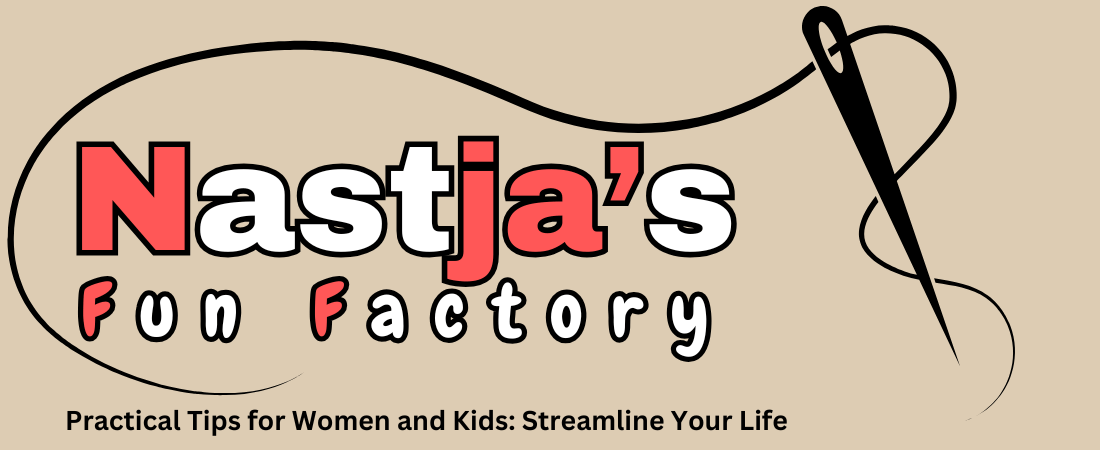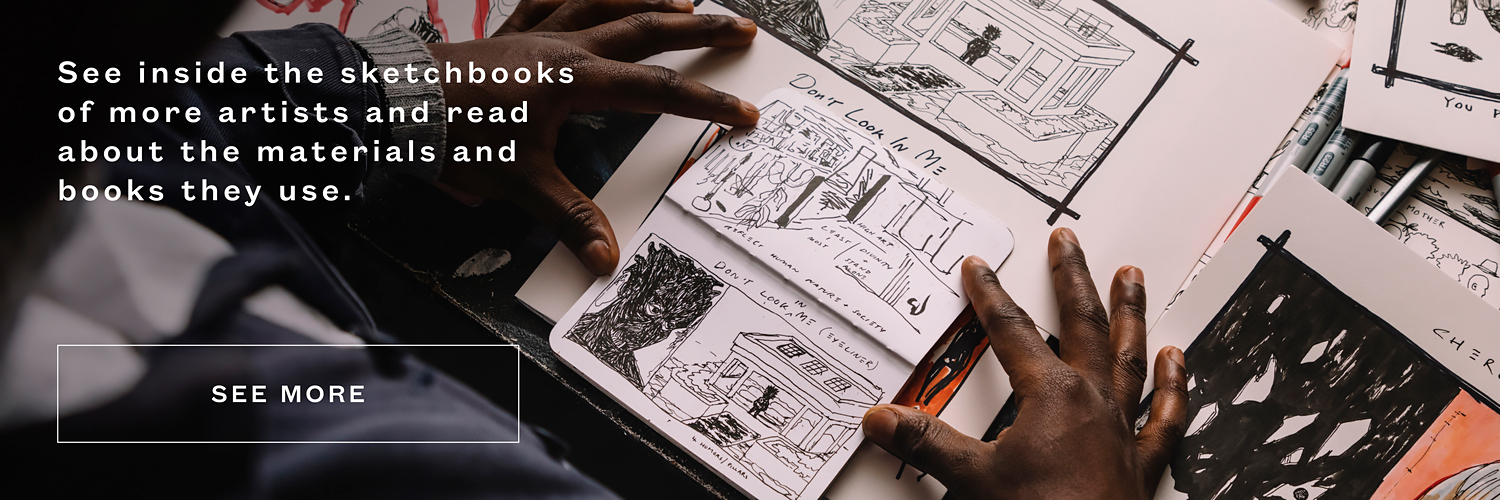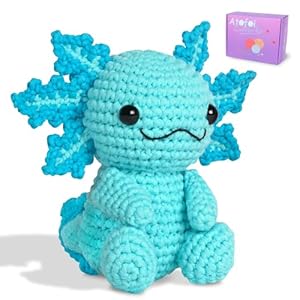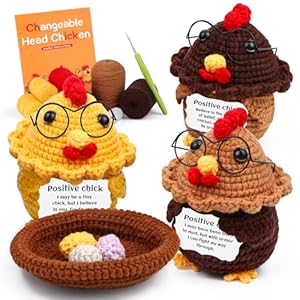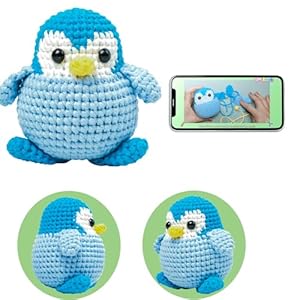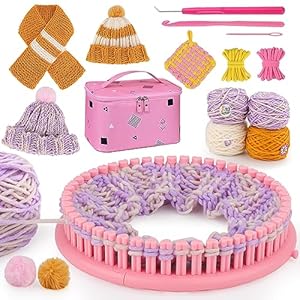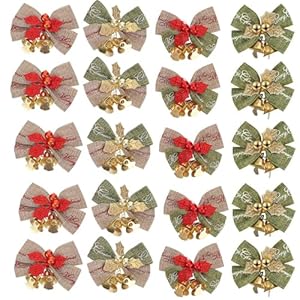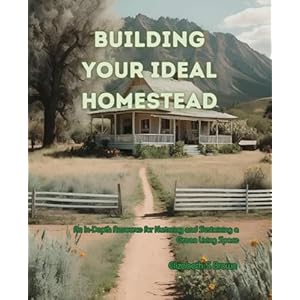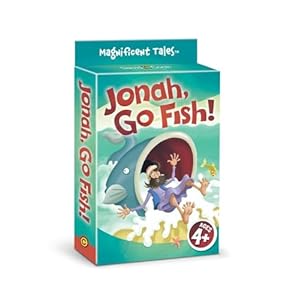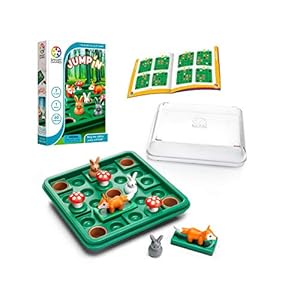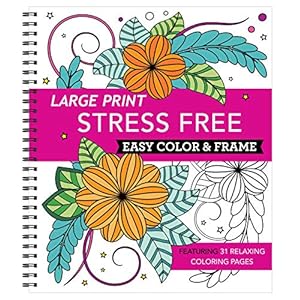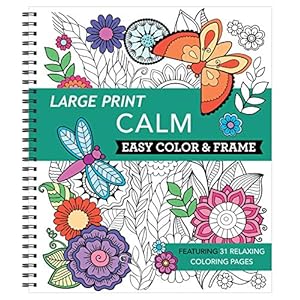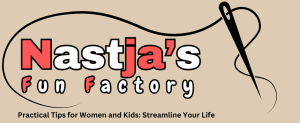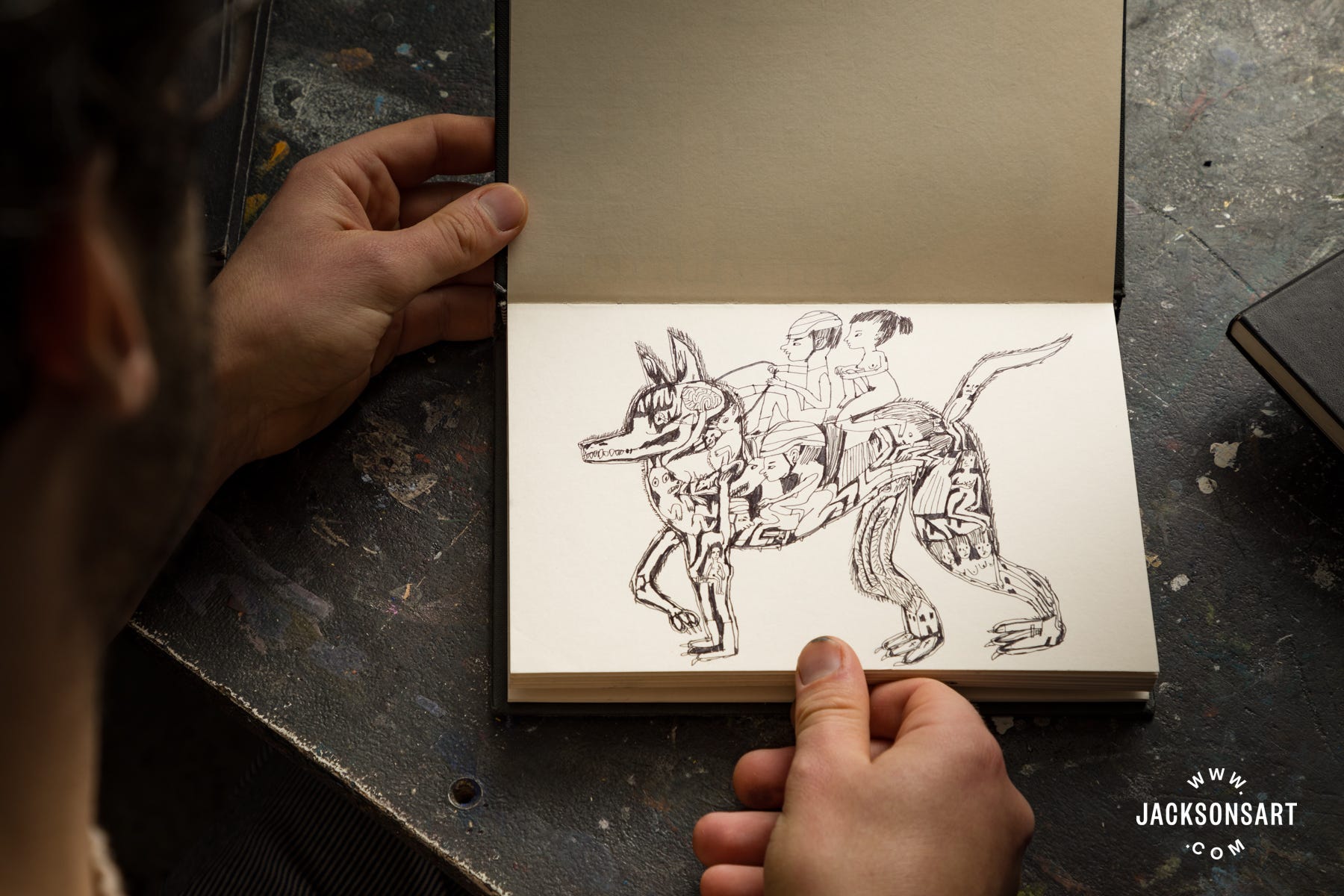
Benjamin Phillips is an artist, illustrator, and author based in Hastings, and this months Inside the Sketchbook featured artist. Here, Benjamin talks about his diary-like sketchbook practice, the inspiration he draws from collaborating, and how the drawings he made in lockdown were a springboard to his art practice now.

Benjamin Phillips Takes Us Through His Sketchbook Practice
Sketchbooks have been incredibly important for my evolution as an artist and illustrator. For me, my sketchbook practice is whatever I create away from my studio and it has changed over the years. In the initial years after graduating, when I was living in South London, I would head out on my bike and always take my sketchbook. I lived and worked in a small bedroom in a shared house in Camberwell and I found getting out into the city very creatively stimulating. Developing a way of working that I could do from anywhere was crucial for me.

I like to travel light, so working as compactly as possible was the challenge. I would work in the Muji passport-sized sketchbooks or take a few individual sheets of A4 paper in an envelope with a cardboard backing. My favourite stock to work on is the Snowdon 300 gsm Cartridge Paper. I enjoy the qualities of both paper stocks: the Muji paper is off-white and slightly waxy, and graphite and ink interact on this surface in a very satisfying way. The Snowdon is a quality and robust paper with little grain that I feel is perfect for drawing final works on.


This part of my practice is for observational studies and idea generation. I predominantly draw in monochrome with fine liners, charcoal, and graphite as I enjoy these limitations and find it a very direct way to communicate an idea as simply as possible. I am precious about these immediate, unplanned works as they possess an energy and purity that comes from creating a drawing off the cuff. These works may be scanned and tidied up on Photoshop and then made into a digital print or they might find their way into an exhibition at some point.

Themes I explore in my sketchbooks include autobiography, family dynamics, anxiety/insecurity/desires, humour/absurdity/surrealism, art history/cultural influences, sex, death, visual metaphors, and alternate realities. I’m trying to create visions from my own inner world or products and stories that contain these sensibilities. I strive to make work that is both visually and emotionally stimulating. I aspire to stay open to new ideas that I can develop into bigger projects such as picture books and graphic novels.


My sketchbooks used to be my work and passion and a relief from part-time jobs that were unfulfilling. But now my studio practice is really satisfying. I’m working to deadlines and my output is so much more regimented than it has ever been, so I don’t have as much time for the personal sketchbook work now.


There is another part of my practice that I feel encompasses the spirit of my old sketchbook practice. Every week I work for two hours with Amy Fenton who is a neurodivergent artist. I typically draw with pen on paper and Amy adds colour with coloured pencils, pens, or watercolour. Our work is completely unplanned and the outcomes are always a surprise. We’ve been working together for over two years and it has a big effect on my creative output. This is a place where I discover new ideas and I’m able to take the time to think and develop my visual language.

I still keep a passport sketchbook on the go at all times which accompanies me when at home, at the studio, and on trips away. I have a pouch that my partner stitched together for me which has room inside for one 125 x 88 mm sketchbook. And on the outside there is an elasticated strap that allows for six drawing implements. It holds a selection of Rotring Tikky Graphic Pigment Pens of different sized nibs: 0.1, 0.3, 0.5, 0.7, a Pentel Pigment Brush Pen, and in the last space, a Conte à Paris Graphite 601 2B pencil. Wedged next to it is a cardboard straw filled with a couple of sticks of willow charcoal. It fits in my shirt pocket and is there when I have a spark of inspiration for a drawing, a story idea, or a poem.

I’m always thinking about new ideas and characters for books. These drawings may be developed into illustrations for books or personal projects or they themselves will be the finished product.

From working in black and white for so long I began to develop a phobia of colour and so I have been consciously trying to get over this. I now have a small watercolour sketchbook and a portable set of 12 Winsor & Newton Watercolour paints. I’ve been having to gain confidence in using colour as I’m predominantly working commercially on picture books and so this is integral.

In the studio, I work with the little pots of Winsor & Newton inks and a selection of different brushes. I love working in this medium but it’s too messy to take out with me. It’s tricky to draw the line between where my sketchbook practice ends and where the more finished elements of my work are. I feel like all the time that I’m working when I don’t really have a plan of where the work is going, this falls into the realm of the sketchbook. Anytime that I’m taking a line for a walk and trying to make sense of what I’m doing on a clean piece of paper. This is a very different headspace than working on later stages of a project for a publisher.

I draw from my head and it’s not always intended for sharing. It’s effectively my diary, I can look back and remember what was happening and how I was feeling.

Lockdown was a prosperous time for this part of my work. I made a series of drawings I refer to as ‘Lockdown with a two-year-old’ that focused on observations of my son. Many were sweet and jovial and others showed his and my frustration and mood swings. I would also devise inappropriate solutions to deal with a child who would not conform and do as he was told. I ended up posting these drawings on Instagram and they were well received by my audience. It was the snowball effect from sharing these works to where I am now working more exclusively as an illustrator for picture books.

My son is now six years old, he’s still my muse and now the person I collaborate and work alongside with the most. He reminds me that play is so important when it comes to making work. I love observing and documenting him in his natural habitat and he’s kind enough to share his drawing equipment with me. He’s also less anxious about colour than I am.

For me the practice of keeping a sketchbook is reassuring. It communicates to me that I am consciously wanting to make new works, that my thoughts are valid and that I can evolve as an artist. It is something constant. It’s like going to the gym (not that I am a gym-goer) and keeping in shape so that you can score a hat-trick in the big game. I’d recommend to anyone who wants to develop as an artist to keep something like a sketchbook, a ritual that is always there and acts as a catalyst for new projects.

Materials
Rotring Tikky Graphic Pigment Pens – 0.1, 0.3, 0.5, 0.7
Winsor & Newton watercolour set
Mubi passport sketchbook
Moleskine watercolour sketchbook

About Benjamin Phillips
Benjamin Phillips is an artist, illustrator, and author. Since graduating from the Illustration degree course at Brighton University in 2009 he has worked as a freelance illustrator living in London and South Korea. In 2014 he moved to Hastings, UK where he lives and works today.
Benjamin is the Winner of the V&A Illustration for Children Award and the Moira Gemmill Illustrator of the Year 2024 for his illustrations in the graphic novel Alte Zachen written by Ziggy Hanaor, Cicada Books. The illustrations were shortlisted for the Carnegie Medal for Illustration 2023 and featured in the Illustrator’s Exhibition at the Bologna Book Fair. Ziggy and Benjamin are currently working on their second graphic novel Shushu which is due for publication in 2026, Cicada Books.
One Day written by Michael Rosen and illustrated by Benjamin will be published in January 2025, by Walker Books. The story draws on the real-life account of Eugène Handschuh, who escaped with his father from a convoy headed from Nazi-occupied Paris to Auschwitz. A true story of courage and survival in The Holocaust.
Benjamin’s first picture book which he has written and illustrated will also be released in 2025. The Man With Very Long Legs is a story about difference, adversity and acceptance. How preconceptions can be so wrong and that everyone has their limit.

Further Reading
A Guide to Linocut Printmaking
How to Create the Best Digital Photographs of Your Artwork
Inside the Sketchbook of Alexander Stanton
Artist Review: Jackson’s Lay-Flat Hardcover Sketchbooks
Shop Sketchbooks on jacksonsart.com
Trending Products
